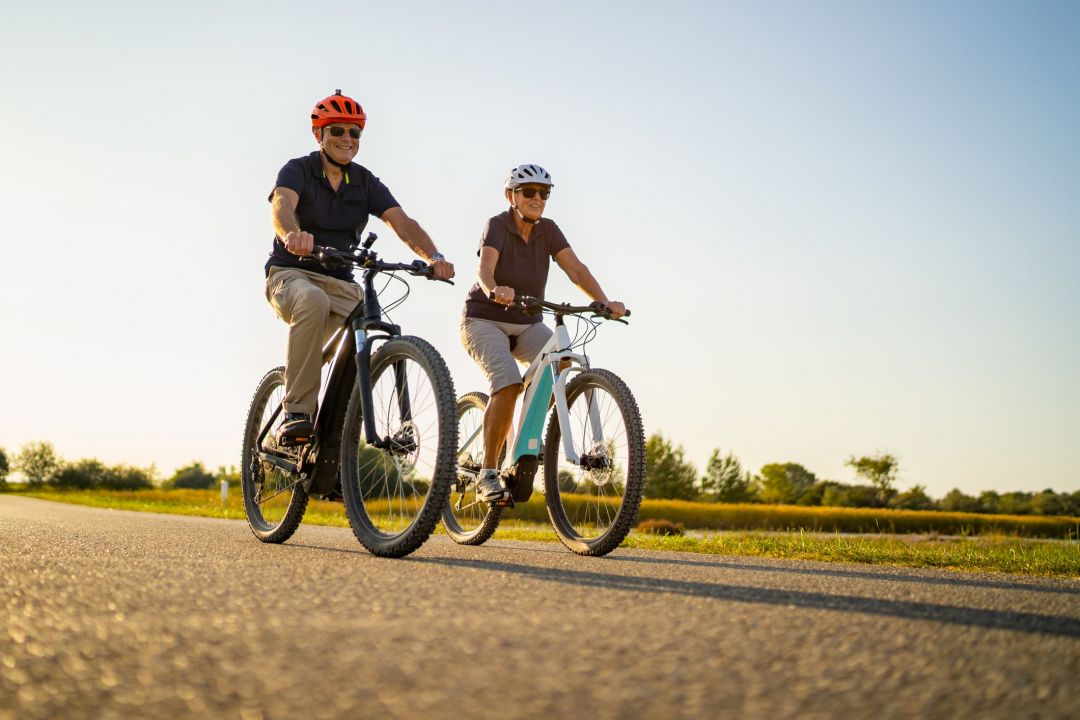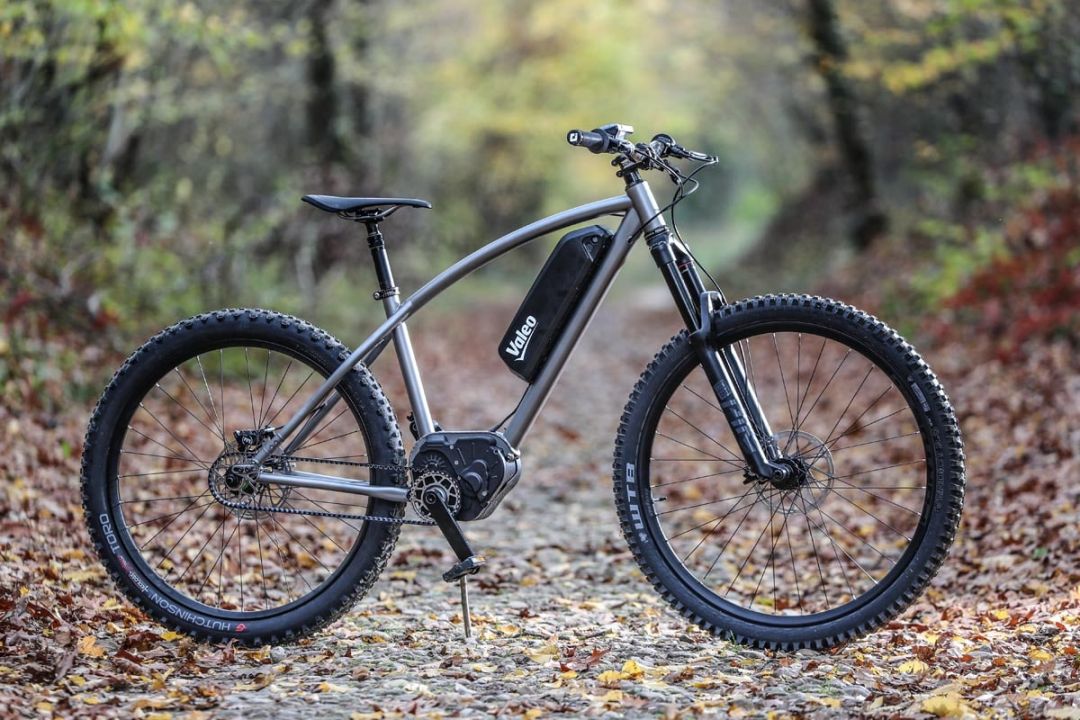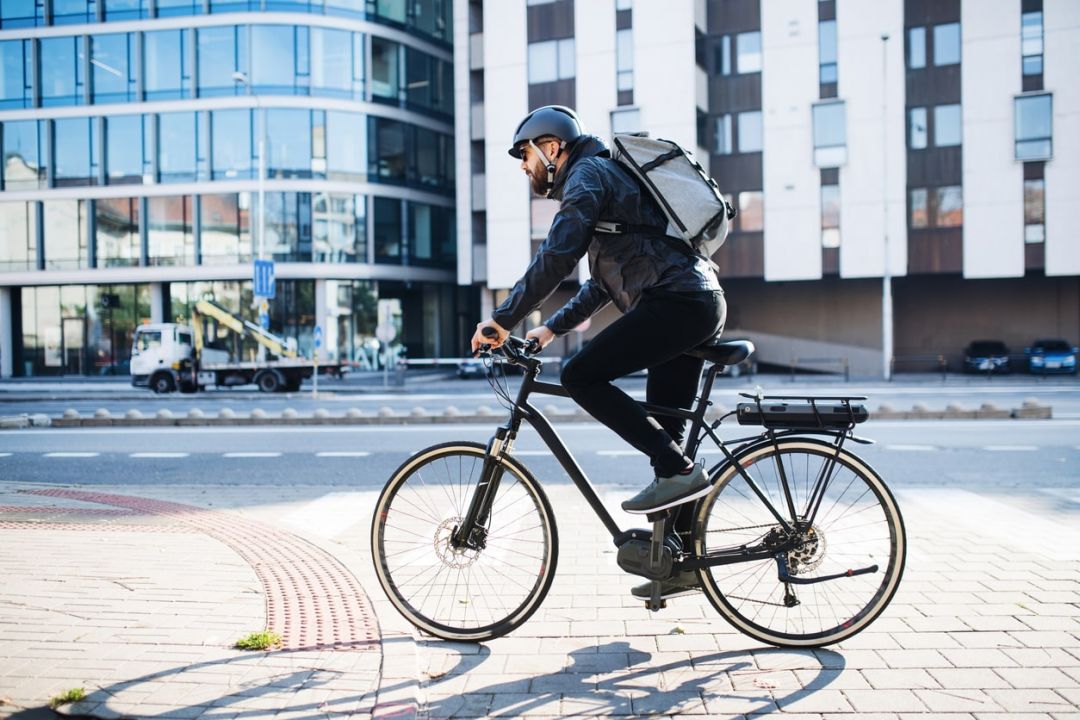Riding an electric bike is a pleasant feeling that has already won over many cyclists, with a wider number of people rapidly discovering the joys associated with them, as they continue to grow in prominence.
The term ‘e-bike’ originated as a name for electric power bikes that don’t require pedal support and use throttle levers instead. By contrast, the word ‘Pedelec’ was created to describe bicycles that functioned using pedal support only. As a result, a distinction could be made between pedal bikes (Pedelecs) and those that use throttles (e-bikes).
Then came the emergence of S-Pedelecs, with the ‘S’ standing for speed. While traditional Pedelecs are capped at 250-watts of power, S-Pedelecs can offer upto 4,000 watts, presenting superior power figures and higher top speeds. So the biggest differences between the three are mainly related to power outputs, since most of the other notable characteristics are generally shared.
Over time, however, there has been a mismatch of vocabulary, which is often misinterpreted or falsely interchanged. People started to call traditional Pedelecs ‘e-bikes’ instead, to the point where the two now essentially mean the same thing, when in reality, they are quite different. Let’s make things a little clearer for you and dive a little deeper into the distinguishing factors between each one.
E-bikes:
The legal rules concerning e-bikes frequently change and are heavily dependent on motor size, so it’s best to check this Government website before purchasing one.
- They can be ridden solely using power from the motor
- Will utilise a throttle: either a twist-grip, which selects a speed based on how much the throttle is moved, or a thumb press, which is essentially an on/off switch without a set pace
- Have a varied top speed, with the current record holder, the Delfast Top 3.0, capable of travelling up to 80km/h
- The rider must be at least 14 years of age to use it
Pedelec:
The most popular electric bicycle is the Pedelec. It is a bicycle with an electric motor that only provides support when human propulsion is given.
- They contain an electric motor that produces a maximum of 250 watts of power
- Without pedalling, you can utilise motor assistance at up to 6km/h
- While pedalling, the motor can allow speeds of up to 25km/h
- They can be used anywhere an ordinary bicycle is permitted
- It’s not deemed necessary for riders to wear a helmet, have insurance, hold a licence or posses a licence plate
- Allows towing of children’s trailers
S-Pedelec
The S-Pedelec, also known as the Speed E-Bike, is a faster version of the normal pedelec. Likewise, it only provides support when human propulsion is given.
- They contain an electric motor that produces a maximum of 4,000 watts of power
- Without pedalling, you can utilise motor assistance at up to 6km/h
- While pedalling, the top speed of the motor can vary, with some S-Pedelec motors allowing speeds of up to 45km/h
- They cannot be used on cycle paths and lanes
- They are considered to be mopeds and, therefore, riders are required to wear a helmet, have insurance, hold a licence registered with the DVLA and possess a licence plate
- It is not permitted to tow children’s trailers
Which features should be considered if you’re on the market for an electric bike?
Electric bikes are somewhat heavier than regular non-motorized bikes. With this in mind, it is essential to consider the following aspects:
Many bike manufacturers have started to install disc brakes on their electric models to help deal with the added weight. Hydraulic rim brakes and V-brakes that provide reasonable braking force are recommended as a bare minimum.
Wider tyres, or those designed by reputable manufacturers specifically for electric bikes, are recommended. This is because tyres for electric bikes are designed to offer maximum comfort and protection against punctures, even at higher speeds and heavier weights.
Suspension on the front fork, rear-wheel and saddle are no longer features reserved for mountain bikes. Riding stability on rough roads and increased comfort are appreciated by riders who can now reach higher speeds. The extra weight provided by the suspension is more than compensated for with the additional power supplied by the motor.
There’s no doubt that electric bikes will play a pivotal role in the future of e-mobility and how the landscape will change. You can browse through a wide range of e-bikes, Pedelecs and S-Pedelecs using Karfu’s search tool to find the perfect solution for you.
Still have queries about going electric? Carry on the conversation in the comments section below!



